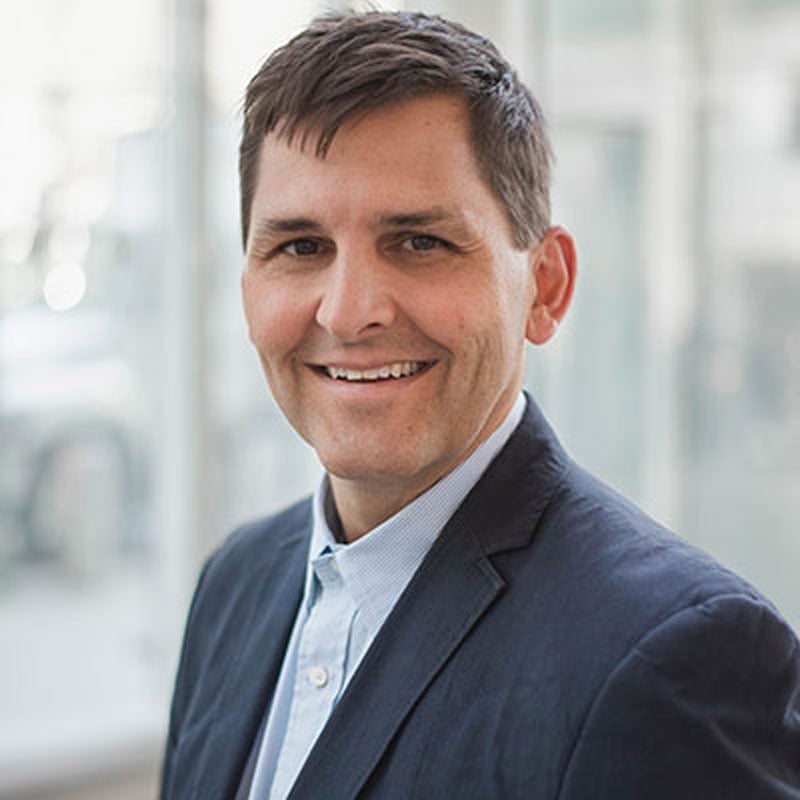The Federal Communications Commission last week began a major effort to promote the development of more Internet-based voice services.
The FCC adopted a Notice of Proposed Rulemaking that acknowledges many services may change as communications migrate from traditional phone lines (public switched telephone networks) to the Internet. The notice also states that Internet services should continue to be subject to minimal regulation.
Edmond J. Thomas, chief of the FCC’s Office of Engineering and Technology, spoke at the American Association of Advertising Agencies (4As) Media Conference & Trade Show. He discussed marketing via new technology with 4As executive Adonis Hoffman. Here are excerpts from the conversation.
Q: How do we balance the industry versus the consumer?
A: They are one in the same. When the consumer is happy, industry prospers.
Q: Is there a technological fix to get messages out so they won’t be intrusive to consumers?
A: I’d be careful thinking about a technological silver bullet. The bar keeps being raised. A great fix to stop spam won’t take long for spammers to break into. There should be a choice for consumers to opt in, and there needs to be enforcement. Obviously there are some types of advertisements that consumers want, but I sure as hell don’t want my phone to ring in the middle of a meeting, even if it is about fishing. (Thomas is an avid fisherman).
Q: Is the mobile wireless device where advertisers should be looking?
A: You should be looking everywhere. More and more portable media and fixed media are having the same delivery and reception capabilities. The hardest thing for advertisers to figure out is how to use the technology so the customer doesn’t get annoyed, while sending the message they want to send. The person sending the message has to make the choice and that gets more and more complicated for the people in this room.
Q: How do advertisers and the media decide which channel to use?
A: Beats the hell out of me. Just think about it, there are times you’re ready to buy, say, a car, and there are times that’s the last thing on the planet you want to see. At times advertisements are welcome; at times, they’re a major annoyance. (Thomas never reads pop-up ads). I always hit delete.
Q: Broadband gets industry and consumers excited. If the average consumer can get this stuff what’s stopping that from being deployed universally? (Close to 30% of households have broadband capabilities).
A: Broadband for a long time required lots of capital and it was difficult to put a business plan together. A couple of things have changed. Vehicles are appearing that allow this to happen more cheaply. For example, you will be able to go to Circuit City and buy a plug for your electric outlets that splits one way for electricity and another for a data connection. This Holy Grail people have been talking about for 20 years is happening; traditional services are going to pull in these new technologies.
Q: What’s the dark side of technology?
A: There’s a very big dark side in terms of business. Technology is allowing more and more capability to be put in smaller and smaller spaces at cheaper prices. The dark side is that that there are going to be so many options developed by entrepreneurs and the question is how do you figure out what the consumer is willing to pay for it. A lot of people will go bankrupt by choosing the wrong thing.
Q: How does competition affect the rollout of new technology, and how do consumers benefit as a result of that?
A: One of the commission’s strategic objectives is to encourage competition. The traditional telephone industry has been heavly regulated for 80 years. The cable industry starts from light regulation. The question is how to get them on a level playing field without being massively disruptive.
Q: Given the FCC mandate to keep TV airways free, which means ad-supported, doesn’t the FCC have an interest in keeping TiVo-like devices from skipping commercials?
A: No, it doesn’t. It comes down to what the customer wants. Nobody started out and mandated ad-supported TV. That evolved as a business model that sustained itself for a long time. There could be other business models if all of the sudden 50% of the population have ad-skipping devices and doesn’t look at commercials. The commission will get out of the way of that and let the smart people in this room work to figure that out.
Q: Is the future that bright for technology and businesses that want to reach the consumer?
A: There are going to be more and more capabilities available at cheaper prices in smaller spaces. Most of us would not be able to predict today what the hottest thing consumers will have five years from now, let alone 10 years from now. There are a lot of people trying to make a buck out of it, and that’s a good thing.





